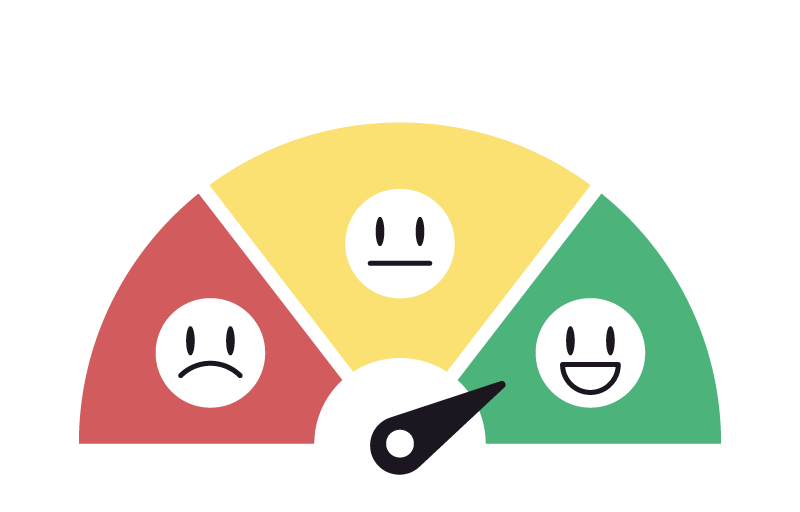Data collection is one of the cornerstones of a successful customer experience (CX) strategy. By giving companies access to valuable insights about their customers, it not only improves customer satisfaction but also optimizes internal processes.
In an increasingly competitive and consumer-centric business environment, the ability to understand and anticipate customer needs has become crucial. Data analysis, whether derived from online transactions, feedback, or social media behaviors, empowers companies to refine their offerings and craft tailored experiences.
However, simply collecting data is not enough. It is essential to know how to effectively leverage it by implementing tools and processes that transform raw information into actionable insights. A data-driven CX strategy must be structured around several key pillars to ensure its efficiency and relevance. These include personalizing interactions, identifying friction points, enhancing customer loyalty, making informed decisions, and fostering continuous innovation.
1. Personalization and Anticipation of Needs
Customer data, collected through various interactions (surveys, feedback, behavioral data), helps companies better understand customer expectations. By personalizing interactions using this information, you significantly enhance the customer experience. For example, predictive behavior analysis allows businesses to anticipate customer needs and offer solutions even before the customer requests them, thus increasing satisfaction and loyalty.
2. Identification of Friction Points
One of the main advantages of data collection is the ability to identify friction points in the customer journey. By analyzing steps where customers face difficulties, a business can optimize these critical moments to streamline the user experience. This may result in a reduction of bounce rates on websites or better responsiveness from customer support.
3. Enhancing Loyalty and Retention
Data allows for customer segmentation, which helps businesses tailor their offers based on customer preferences. This approach strengthens engagement and retention, reducing the costs of acquiring new customers. A data-driven CX strategy provides a 360° view of the customer, essential for maintaining long-term satisfaction.
4. Data-Driven Decision Making
By integrating qualitative and quantitative data, businesses can make more informed decisions. Whether adjusting real-time pricing strategies or prioritizing investments, data becomes a strategic asset that optimizes every action taken.
5. Continuous Innovation
Finally, collecting and analyzing data helps identify new opportunities for innovation. By studying user behaviors, companies can detect unmet needs and propose new services or products that meet future customer expectations.
In conclusion, a winning CX strategy relies on the effective management of data. When collected and used properly, this information helps create seamless, personalized, and innovative customer experiences while offering long-term competitive advantages.




